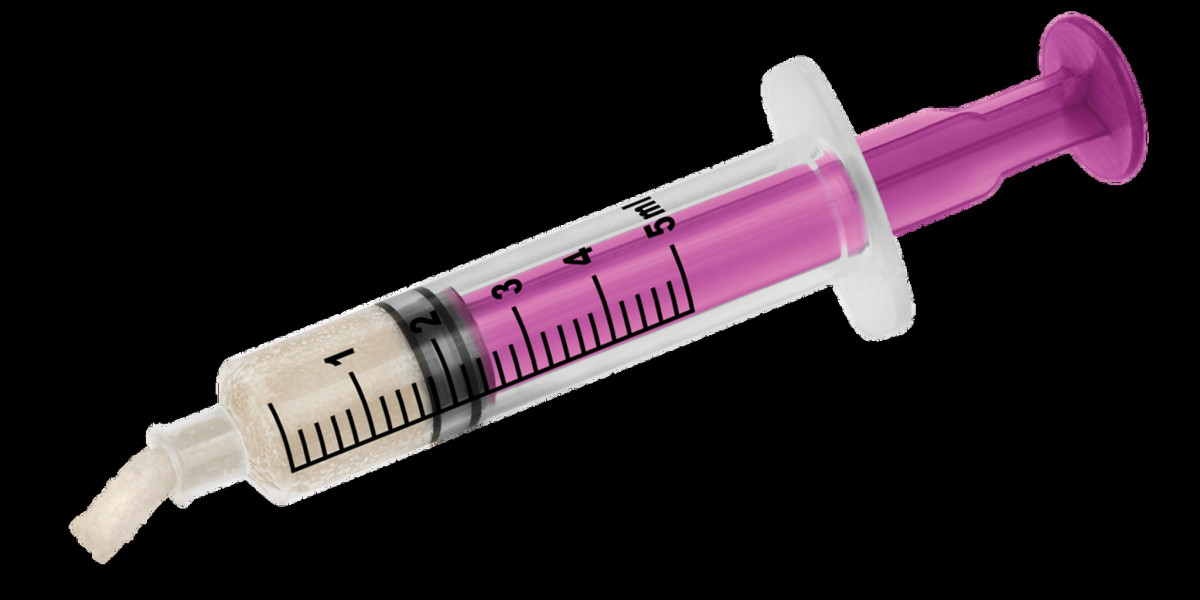What is Demineralized Bone Matrix?
Demineralized bone matrix (DBM) is an acellular, non-antigenic natural bone graft material that is composed only of the organic matrix component of bone. It is processed from allograft bone tissue through an acid extraction technique that removes the mineral portion of the bone while keeping the collagen and morphogenic proteins intact. This processing results in a demineralized, decellularized bone that acts as a scaffold to stimulate new bone formation.
How is DBM Processed?
DBM is commonly derived from donated human tissues such as femoral heads or tibial plateau wedges. The processing begins by treating blocks of allograft bone with acids such as hydrochloric, citric, or acidic acid. This acid treatment selectively removes the inorganic mineral components such as hydroxyapatite from the bone matrix leaving behind the organic components. The demineralized bone is then thoroughly washed to remove any residual acid and mineral content. It is then freeze-dried and milled into a powder or particulated graft material. The end result is an acellular bone graft that contains the native non-collagenous proteins, collagen, glycosaminoglycans and growth factors of natural bone.
Composition and Mechanism of Action
The major components of the Demineralized Bone Matrix include type I collagen, non-collagenous proteins such as bone morphogenic proteins (BMPs), transforming growth factor beta (TGF-β), insulin-like growth factor 1 and 2 (IGF 1,2), and fibroblast growth factors (FGFs). These proteins and growth factors induce various cellular responses that initiate the cascade of bone regeneration. When implanted, DBM acts as a scaffold that promotes cell migration, cellular adhesion, and new tissue formation. The matrix proteins guide osteoprogenitor cells, promote their differentiation into osteoblasts, and stimulate new bone growth through a complex series of cellular signaling events. The exposure of BMPs induces local mesenchymal stem cells to differentiate into osteoblasts which lay down new osteoid tissue. Over time, the osteoid mineralizes to form new mature bone that replaces the degraded demineralized bone matrix scaffold.
Advantages of DBM
DBM offers several key advantages over other graft materials for bone repair:
- Osteoinductivity: The BMPs contained in DBM give it osteoinductive properties, meaning it can induce the formation of new bone from local stem cells or osteoprogenitor cells. This is a distinct advantage over other options like allograft or xenograft bone.
- Bone regeneration stimulation: DBM acts as a scaffold and reservoir for growth factors to induce local cells to revascularize the graft and form new bone similar to healthy native bone.
- Non-immunogenic: Since it is completely decellularized during processing, DBM does not elicit any immune responses. This eliminates concerns about disease transmission or transplant rejection seen with other allograft materials.
- Malleable: DBM can be formed into various shapes, particulates, or putties to optimally fit a variety of orthopedic or dental applications and defect sizes. This gives the surgeon more versatility during implantation.
- Shelf stability: As a freeze-dried product, demineralized bone matrix can be stored at room temperature for extended periods without losing its osteoinductive properties. This allows for off-the-shelf availability when needed.
- Anatomically shaped grafts: Some DBM products are precisely milled into anatomical shapes that can be press fit into defects for improved handling and space filling.
Applications of DBM in Orthopedics and Dentistry
DBM has become a popular grafting agent for an assortment of orthopedic procedures such as spine fusion, total joint revision arthroplasty, non-unions and fresh fractures. It stimulates new bone growth to fuse vertebrae during spinal surgery or fill defects around revision joint implants. In the dental field, DBM is commonly used for sinus lifts, ridge augmentations, extraction socket preservation and periodsontal regeneration. Some specific applications include:
- Spinal fusion: DBM is mixed with autologous bone marrow to aid interbody or posterior spine arthrodesis.
- Joint revision: Mixed with marrow aspirate, DBM helps restore lost bone stock around revised joint components.
- Fracture fixation: As a supplement to metal plate fixation, DBM promotes unions in delayed-healing fractures.
- Dental socket preservation: Placed into extraction sites, demineralized bone matrix prevents collapse and encourages new bone fill.
- Sinus augmentation: Mixed with graft material, DBM aids maxillary sinus elevation prior to dental implant placement.
- Ridge augmentation: Forms a matrix for new bone deposition when onlay grafted for width/length increases.
Evidence and Efficacy
Decades of clinical use and numerous studies have demonstrated the effectiveness of demineralized bone matrix for augmenting bone formation. A meta-analysis found incorporation rates of 73-100% when used in posterolateral spinal fusions. For oral/maxillofacial applications, histological analyses revealed new bone formation replacing the DBM scaffold material. Success rates for spinal fusions, joint revisions and dental procedures are equivalent or superior to autogenous iliac crest bone graft, the current gold standard. DBM’s osteoinductive properties, shelf stability, ability to maintain space and lack of donor site morbidity provide a valuable alternative to autograft that has become the graft material of choice for many orthopedic indications.
Get more insights on Demineralized Bone Matrix
Explore more Articles related Surgical Robots Market
Get More Insights—Access the Report in the Language that Resonates with You
About Author:
Money Singh is a seasoned content writer with over four years of experience in the market research sector. Her expertise spans various industries, including food and beverages, biotechnology, chemical and materials, defense and aerospace, consumer goods, etc.



